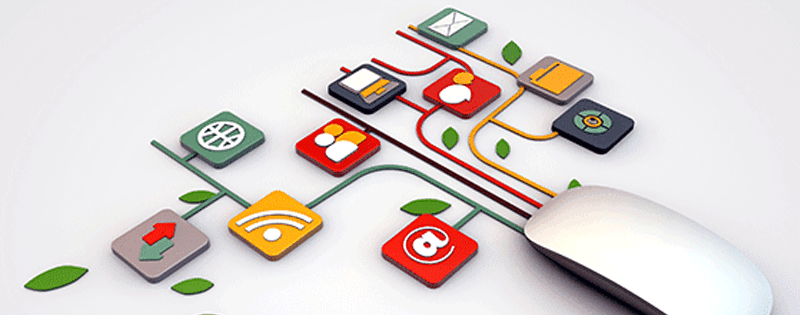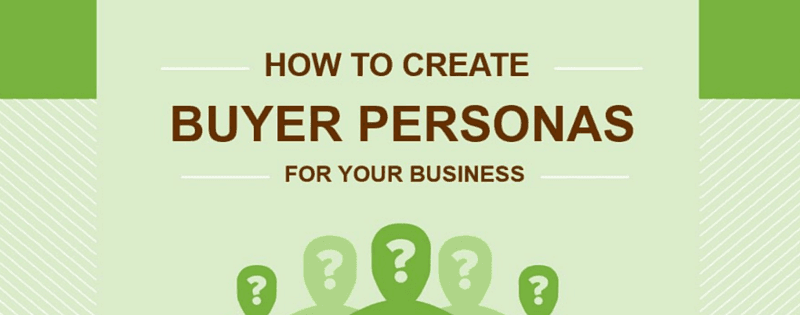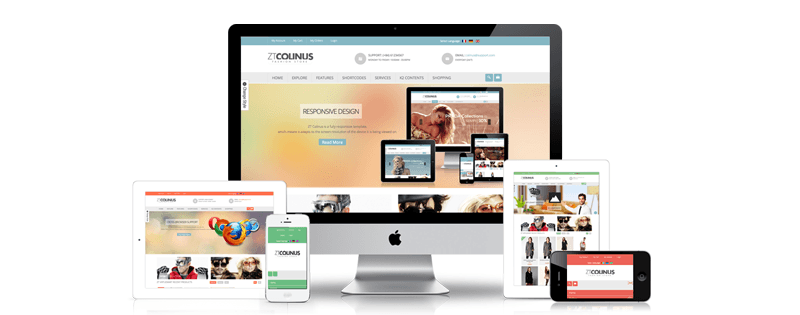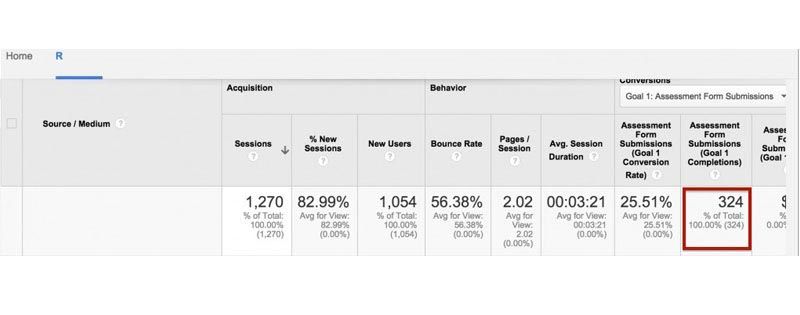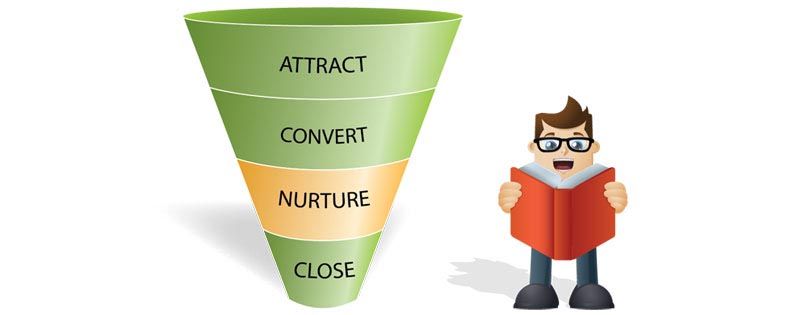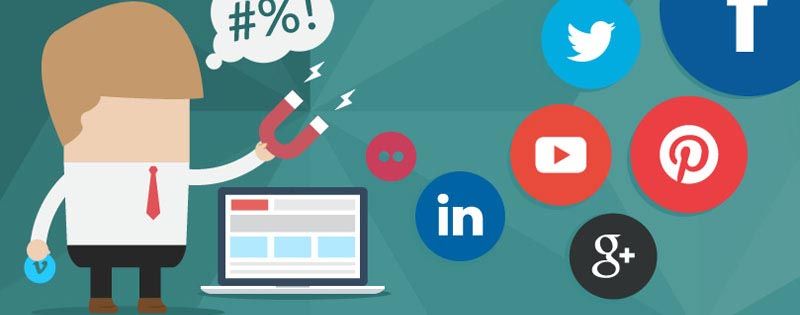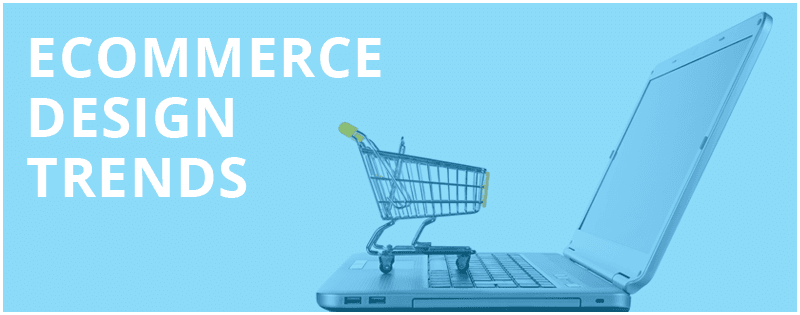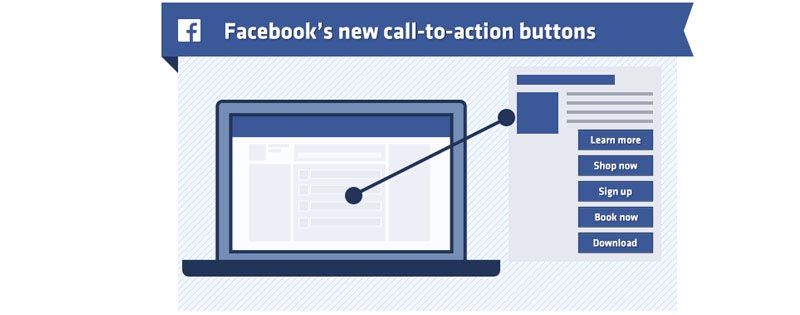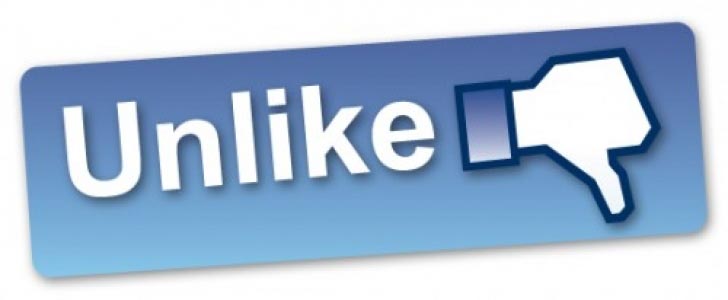We say this constantly – online marketing is the only place you should be spending your hard earned money.
With the huge advances made in the internet age, the world wide web has completely changed the face of marketing – and with it, the way a customer is sold to. No longer is flashing a product & telling them about it enough to run a successful business.
With the amount of choices & variables available for every kind of product & service in today’s competitive market, it takes fostering a relationship & real time communication to really get a customer.
This is where one of the benefits of digital marketing comes in. Unlike old school methods of marketing, digital marketing opens up a two-way communication.
For example, social media marketing allows customers to interact and engage with your brand and really get to know you on a personal level – and this is where they make the decision to come to you (versus your competitors) to fulfil their need.
But that’s not the only reason online marketing beats old school methods. These 5 points make it a clear winner when it comes to choosing your prime channel of marketing:
Unlimited reach options
Where you want to target people locally or globally, you can reach people specifically the way you want to. You can widen your reach to expand your audience & increase awareness.. You can also target people who would actually be interested in what you have to offer, instead of blindly advertising to those who have no interest in your product or service.
Lets you track results
With online marketing you can track all the conversions & customers you are getting and from where exactly they are coming. There is no guessing game – you know exactly how many people saw your ad, how many clicked and how many converted. Compare this with a method like print advertising, where there is no way to tell how many actually saw your ad & you’ll see the benefit. It makes it easier to optimise your budget & spend only on sources that are working for you.
Budget friendly
You can reach as many as 1000 people for just a few cents. That itself is pretty amazing. However, with the amount of options available to optimise and target your ads, you can really get astounding returns for a fraction of the cost. Online marketing is by far one of the most cost effective methods of promotion.
No guess work
You know exactly where your money is going and it’s super easy to calculate your ROI – unlike old school methods where you would guess or have an approximation of how many clients/revenue was made out of a particular print campaign. With online marketing, you stay clear about your numbers and figures when calculating the end result.
Builds a database
When you do online marketing, it becomes easier to gather a database of people interested in your services. This helps you reach out to them again and convert a customer that didn’t buy from you the first time they saw your ad. When you run a print ad, it’s impossible to get any details for further communication with them. They see your ad, and they either buy or don’t – that’s it. However, with online marketing, every cent you pay gives you a return. Even a customer that didn’t buy from you but clicked on your ad is tracked, which means you can pixel them and market to them again.
If you haven’t already, it’s time to put some serious thought into online marketing – it’s a channel that can very easily generate a 100% ROI, and much more!
